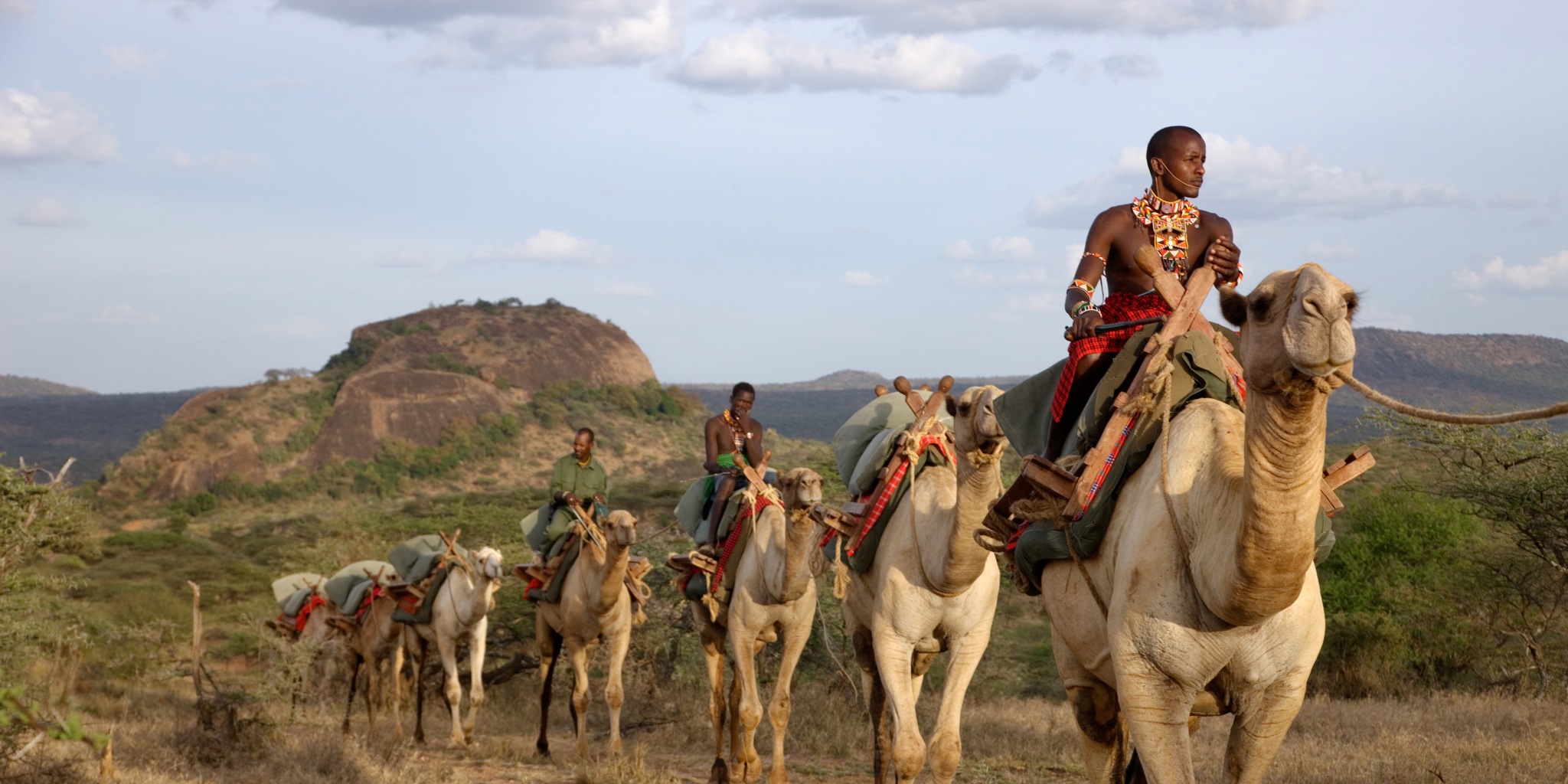
Laikipia
Laikipia is a breathtaking region in central Kenya, known for its vast landscapes, rich biodiversity, and unique conservation efforts. Stretching from the slopes of Mount

Laikipia is a breathtaking region in central Kenya, known for its vast landscapes, rich biodiversity, and unique conservation efforts. Stretching from the slopes of Mount
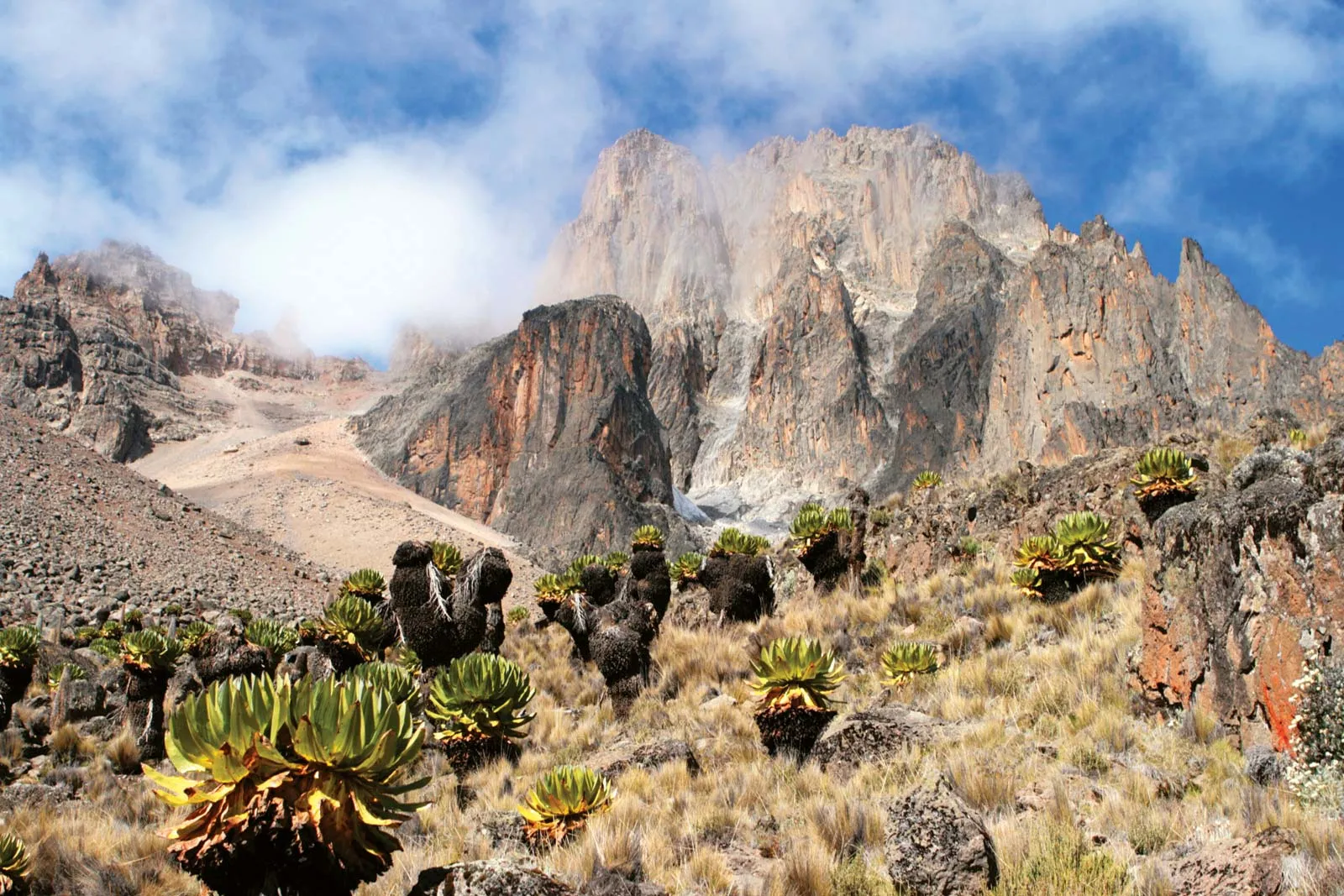
Rising majestically in the heart of Kenya, Mount Kenya is the second-highest mountain in Africa, standing at 5,199 meters (17,057 feet) above sea level. This
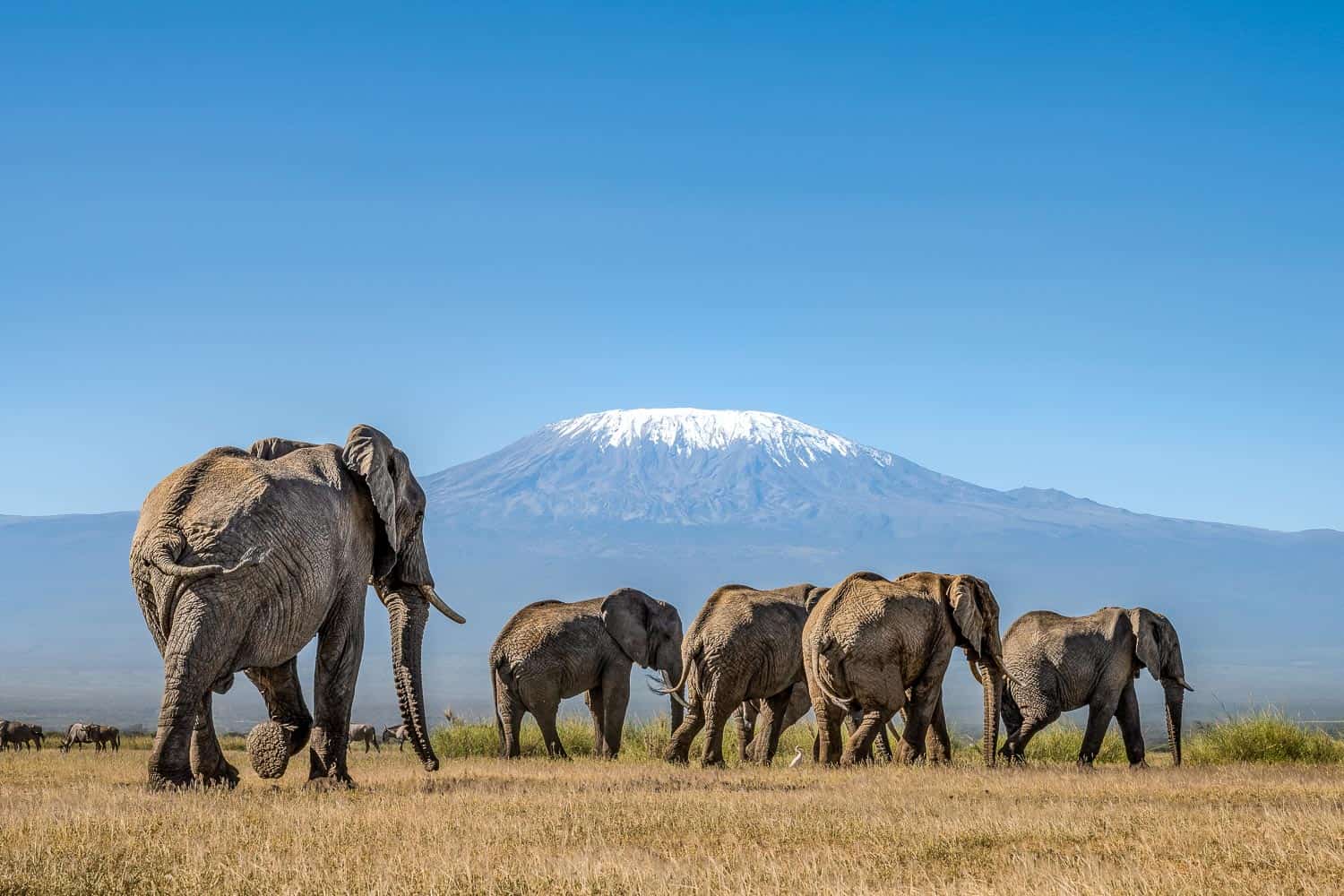
Amboseli National Park – planning the perfect Amboseli safari. Amboseli national park is one of Kenya’s most famous safari destinations. It’s known for its huge
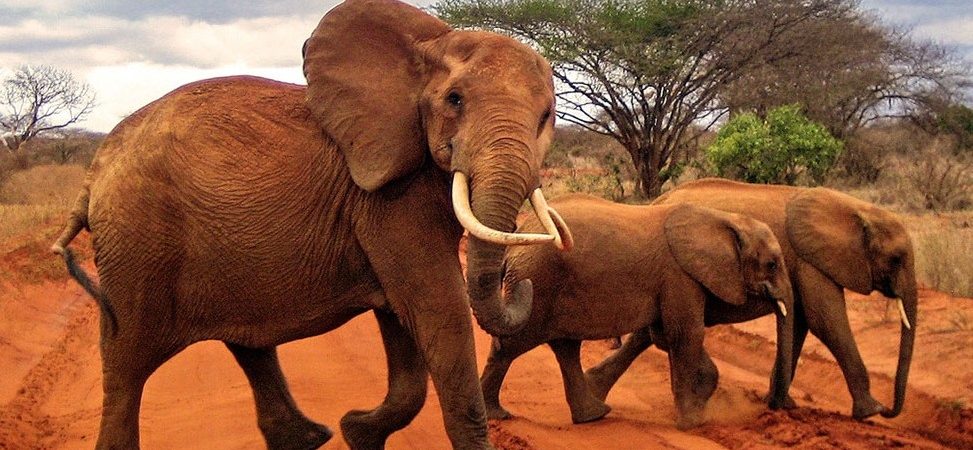
Tsavo National Park, Kenya’s largest and one of its most iconic wildlife reserves, is a vast and breathtaking expanse of untamed wilderness. Covering over 22,000
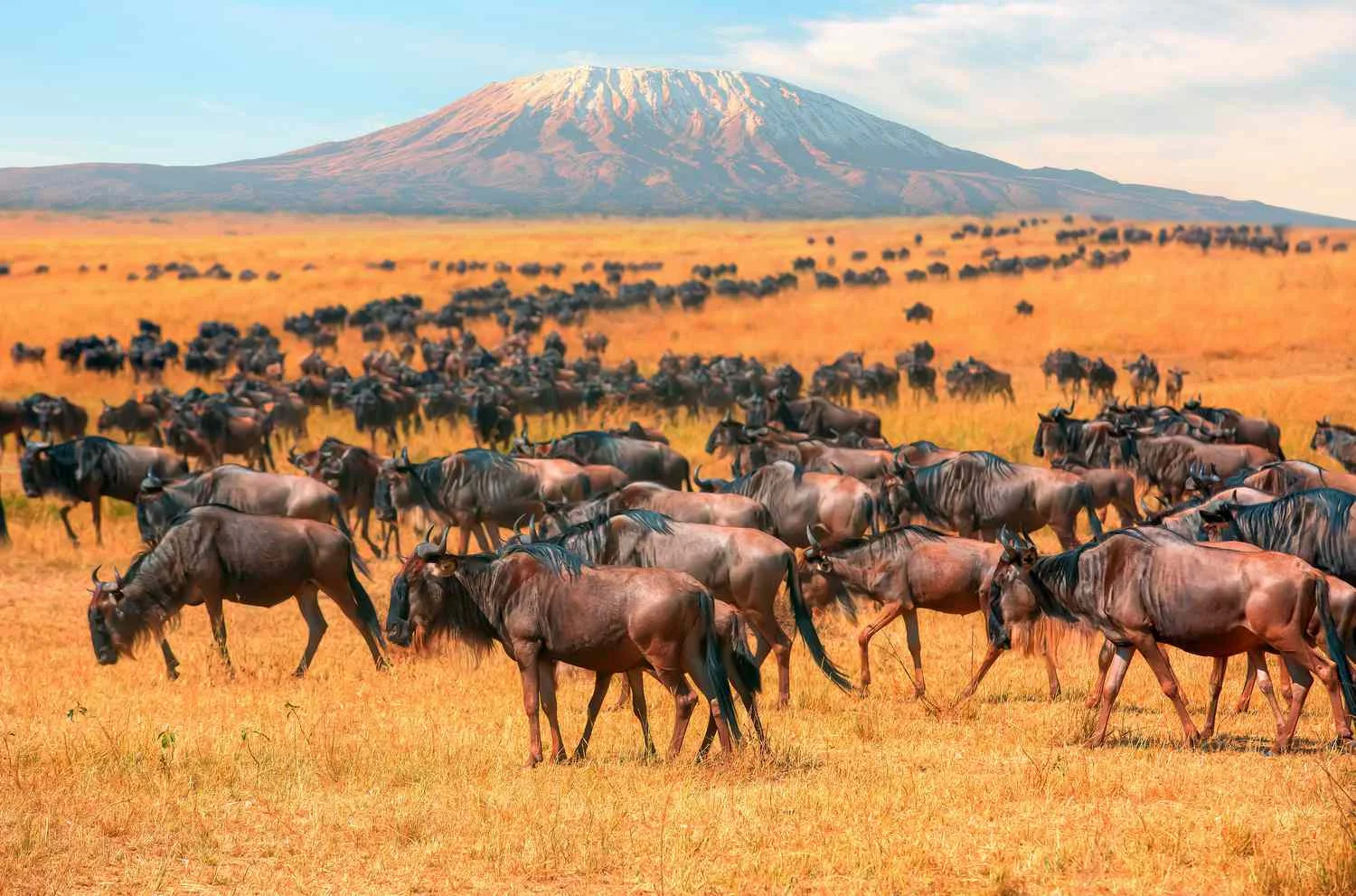
Maasai Mara National Reserve The Masai Mara features a stunning kaleidoscope of wild and rugged landscapes, warm and welcoming people and an exciting array of
Nairobi City
The capital city of Kenya is a busy one, and can be slightly overwhelming after a long flight but is often a necessary stopover for you to visit the special places this beautiful country has to offer as a safari destination.
Although the city doesn’t have the greatest of reputations, that doesn’t mean it has lost its charm and we use the best properties in the area that will give you that ‘Out of Africa’ experience, allowing you safe access to the attractions that this bustling city has to explore.
Your experience of Nairobi will start with Jomo Kenyatta International Airport, which has a huge number of international flights daily with some excellent airlines. The smaller Wilson Airport is inevitably in any itinerary which means you may have to endure a slightly chaotic journey through town to reach it. With a population of nearly 3 million in the centre, it can be quite a challenge to get from ‘A’ to ‘B’ but we will look after you!
2.Chyulu Hills
Nestled between Tsavo and Amboseli National Parks are the Chyulu Hills – one of the world’s youngest volcanic mountain ranges. Stretching for 150km and reaching an altitude of just over 2,000m the landscape is characterised by lush green hills covered in dense cloud forest, solidified lava flows spilling down the slopes giving away its explosive history.
The Chyulu Hills are some of world’s youngest hills, with eruptions as recently as 240 years ago. The wooded savannah on the lower slopes are home to wildebeest, eland, giraffe, huge elephant bulls and buffalo, while deep inside the hills, flocks of forest birds’ flit through the trees. Lake Jipe in the south west of the park is another wonderful spot for birdwatching.
3.Lewa Conservancy
Lewa is a private conservancy with diverse mix of habitats from grassland plains, forest, wetlands and hills.
Formerly a cattle ranch, Lewa is now a shining example of exceptional wildlife conservation whose efforts have brought back healthy populations of the endangered black rhino and Grevy’s Zebra. In fact, its 62,000 acres is now home to over 12% of Kenya’s black rhino, over 14% of the country’s white rhino and remarkably, the world’s largest single population of Grevy’s zebra, as well the rest of the ‘Big Five’, the rare reticulated giraffe and much more.
4.Samburu National Reserve
Incredible wildlife and rich cultural heritage
North of the Laikipia Plateau is the scrubby open bushland of the Samburu National Reserve. This is the homeland of the Samburu people who were drawn here by the Ewaso Nyiro River which provided a reliable water source for their cattle.
Samburu sits to the north of the river, which separates it from Buffalo Springs National Reserve. As well as providing an invaluable water source for the Samburu herds, northern Kenya ‘s least seasonal river also attracts a wealth of wildlife. The area is teeming with plains game as well as lions, leopards, cheetahs and elephants. Samburu is also home to species you won’t find elsewhere in Kenya, including the Grevy’s zebra, Somali ostrich and the gerenuk antelope.
Samburu is an arid region, its dry plains dotted with acacia trees and rocky ridges, and the banks of the river lined with fig and palm trees. Sharing this landscape with the wildlife is the Samburu tribe. Closely linked to the Maasai – both speakers of the Maa language – these pastoralists traditionally wear bright red, orange, yellow and blue wraps and beaded jewellery.
5.Lake Nakuru
Nakuru is the second major Rift Valley Lake that you will encounter when driving out onto your safari from Nairobi.
Surrounded by a small but timeless National Park, driving through it gives you the chance to see the enthralling beauty of the myriads of Pink Flamingos which shadow the banks of the alkaline lake. These beautiful birds feed on the abundant algae that thrives in the shallow tepid water and they are often described as the greatest bird spectacle in the world.
Apart from the magnificent birding opportunities, the park is also a Rhino Sanctuary, and careful conservation and management over the decades has made the park a haven for a growing Rhino population, among other members of the Big Five.
